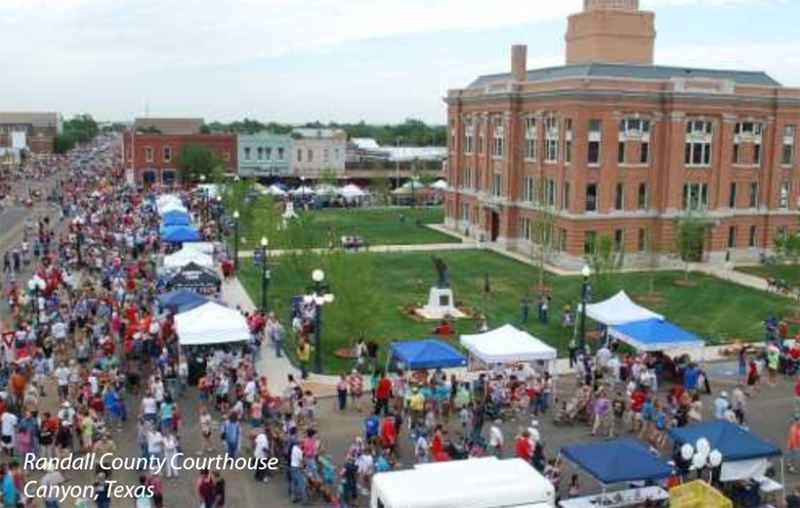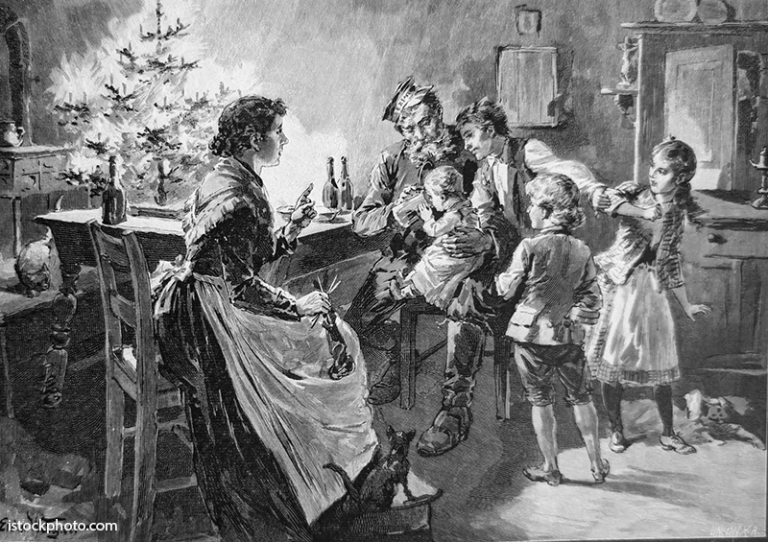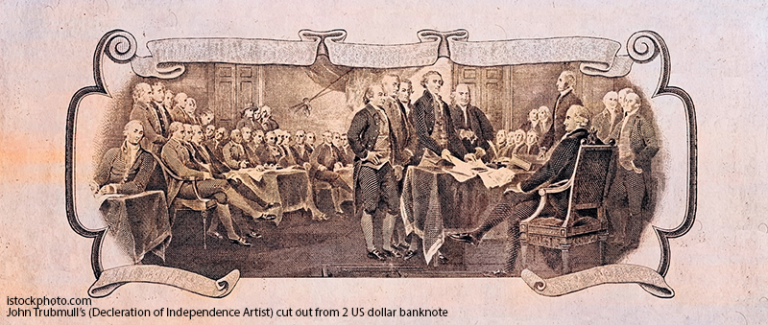
Ninth in a series on the Texas Triangles.
Texas is two states. The Megaregion Triangle is defined by the area between DFW, Houston and San Antonio, which supports 66% of the population and is home to 53 Fortune 500 companies. Around this core, at its “edges,” is rural Texas. The Food, Fuel and Fiber Triangle is an important “edge” of Texas that helps define the state’s core values. In ways different from urban areas, the rural edges provide safety and security to those living there.
Brookings cautions that challenges in rural areas include crime underreporting and limited law enforcement resources, both of which can affect the accuracy and responsiveness to crime trends. In rural schools—I have visited all of them in the 47 counties of Regions 16 and 17—it is not uncommon for the school to be located in the middle of a cotton field. At the school entrance, you may see a sign which reads, “Our teachers and staff are armed and will do everything necessary to protect our students.” The first time I experienced such a proclamation, I asked the superintendent about it. He told me the nearest law enforcement was 20 minutes away. In the event of an active shooter, it is too long to wait. Such action in the face of nightmarish circumstances is an aspect of rural values, a sense of compatriotism, rugged individualism and taking care of one’s own, which are foundational values of The Hill Institute.
Naturally, urban areas have higher overall crime rates, including violent crimes like homicide, assault and robbery, according to the National Crime Victimization Survey conducted in 2023. Not surprisingly, rural areas have lower crime rates, particularly violent crimes. Rural areas may see high rates of certain offenses like property crimes, drug-related offenses or domestic violence, even though they are often underreported. For example, property crimes, burglary and theft are more common in urban areas, but rural homes may be more vulnerable due to isolation and slower emergency response. Thankfully, recent data indicate a decline in violent crimes in major cities. For instance, Axios reports that in the first quarter of 2025, homicides in major U.S. cities decreased by 21% compared to the same period in 2024.
A sense of safety and security differs notably between rural and urban areas due to contrasts in crime rates, social ties and access to services. According to a Next City report, metropolitan areas often have weaker community connections, leading to a lower perceived sense of safety despite quicker emergency response times. In contrast, rural areas generally report lower crime and benefit from stronger neighborly relationships, which can enhance feelings of security even with limited access to emergency services and greater exposure to natural and industrial hazards in rural regions, which reduces actual safety. Urban residents may feel less safe despite better infrastructure.
Denser populations lead to networked individualism. People tend to form loose, diverse networks rather than tight-knit community ties. Friends, colleagues and interest-based groups matter more than neighborhoods. High mobility and frequent relocation for work or housing means urban ties are more fluid and temporary. Individualism has pros and cons in all settings, as cataloged in the American Behavioral Scientist by Barry Wellman and others.
The sense of safety and security is changing over time in all regions of our state. For example, 50 years ago, community centrality was exhibited by strong local communities or multigenerational structures in family and civic life. In the mid-20th century, communication was mostly in person, by telephone and later by email. In the early 21st century, social media, texting and video calls have replaced the more closely connected forms of communication. In contemporary society, geographic mobility has increased as people have been freed from the ties of place and the workplace. In the middle of the 20th century, churches, unions and civic organizations played a significant role in people’s lives. In contemporary society, trust in such organizations is declining according to Pew Research Center. Seventy-five years ago, families lived close together in multi-generational groups. Currently, there are more nuclear families (a family consisting of two adult parents and their biological children in the same household), single-person households and chosen families.
A clear recognition that the social and cultural frameworks have changed remarkably for people in all regions is not a lament for the past. It is a realization of the responsibility West Texas A&M University has as a public university to understand these changes and address them as students situate themselves in a personal and professional life, and as deliberative and contributing citizens of our state.
Walter V. Wendler is the President of West Texas A&M University. His weekly columns, with hyperlinks, are available at https://walterwendler.com/.







